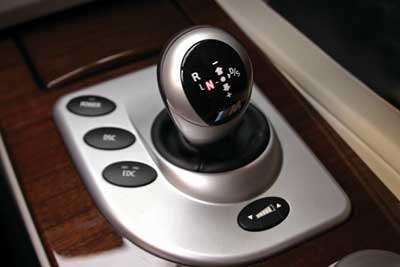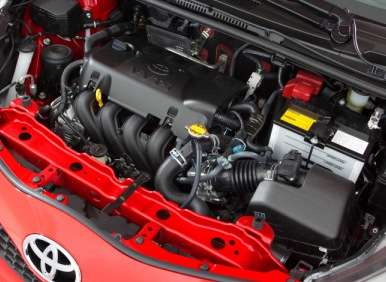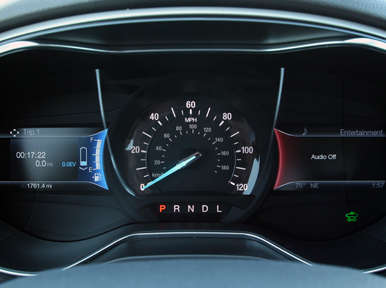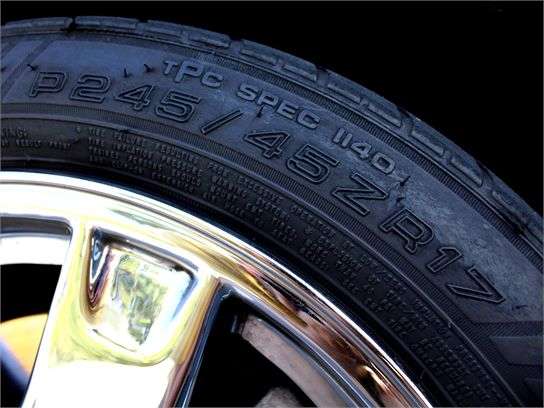Recent Articles
Popular Makes
Body Types
Car Maintenance Checklist

Many of us tend to think of cars as devices whose sole purpose is to get us from “Applebee’s” to “Best Buy”. The truth is cars are more like friends who give of themselves every day to get us to our destinations and back safely. All they ask in return is we keep them fed and pay attention to their health needs. Yeah, that’s a lot for a friend to ask, but how many of your other friends will let you climb aboard their backs to get to work every morning?
OK, so now we got that settled, here’s the deal; there really is no such thing as a bad car anymore. If you see a car broken down on the side of the highway, odds are its owner neglected its maintenance. In the owner’s manual that came with your car is a maintenance schedule, detailing when every mechanical component of the car should be inspected, adjusted and/or replaced.
Follow that schedule religiously, your car will pretty much run forever.
Different aspects of the car should be checked at different intervals. If you just got the car brand new, you can pretty much count on the dealer to have made sure all is in order. However, it wouldn’t hurt to check it out yourself for a couple of reasons; (1.) To make sure everything is optimal, and (2.) To learn where everything is.
If you just bought the car used, you should check everything on the following list immediately to establish a baseline. Then, you should follow a regular car maintenance checklist according to the schedule outlined in the owner’s manual. If you don’t have the owner’s manual, or for some reason can’t get one for your car, the following guidelines will keep you out of trouble for the most part.
Car Maintenance Checklist: Monthly Or Every 1000 Miles
You should get into the habit of checking the oil level in your engine at least once a month. Ideally, you’ll do it with every other fill up of gasoline, or diesel if your car runs on that fuel. After the car has been running and is up to operating temperature, stop it on a level surface, remove the oil dipstick, wipe it off, reinsert it into its receptacle and pull it out again. There should be oil on the stick between the indicated “safe” levels engraved in the dipstick. If it’s low, add a quart and check it again. Repeat only until the dipstick reads full — BTW, you should always avoid overfilling your engine with oil.
Hoses and drive belts should be checked at the same time. You’re looking for areas of wear, or looseness in the belts. For the hoses, squeeze them to make sure they’re still pliant — rather than brittle — and look for leaks.
Check the coolant reservoir to make sure that fluid is at the proper level and is a rich green color. If it looks brownish, you have rust in your cooling system, which means you’re about to have problems with it.
The other area you want to pay attention to on a monthly basis is tire pressure. You’ll find the manufacturer’s recommended tire pressures on a label in the doorjamb of the driver’s side of the car. Adhere to the pressures recommended there, rather than inflating your tires to the maximum pressure indicated on the sidewall of the tire.

Car Maintenance Checklist: Quarterly Or Every 3000 Miles
Clean oil is the life’s blood of an engine, changing the oil and filter every three months or 3000 miles will go a long way toward ensuring the longevity of your automobile. This should be an essential item on any regular car maintenance checklist. Newer synthetic oils can extend the life of your oil; so consult your owner’s manual for specific oil change information. However, as a basic rule of thumb, you can’t go wrong with clean oil.
Your battery’s condition should be checked on this schedule too. If your car begins to crank slowly when you’re trying to start it, that’s an indication you have a problem with your battery, but rather than wait for those symptoms, keep an eye out for corrosion (a white chalky buildup) around the places where the cables connect to the battery.
Windshield washer fluid, brake fluid, power steering fluid, air filters, and transmission fluid should be checked at this interval as well — and replaced if needed.
Many modern transmissions are sealed and their fluid never needs replacement, if yours isn’t, the fluid should be changed every three years, or 30,000 miles. Similarly, your cooling system should be flushed and the coolant replaced on the same schedule. Power steering fluid should be changed every 50,000 miles or every three years, whichever comes first.

Car Maintenance Checklist: Biannually Or Every 6000 Miles
Windshield wiper blades, brakes, the spare tire, the exhaust system, shock absorbers, headlights, brake lights and turn signal lamps should be inspected and replaced if anything is awry. These items are easy to overlook, but can contribute to significant problems if neglected.
This is when your tires should be rotated as well. Check your owner’s manual for the proper rotation pattern. Generally speaking, if your tire sizes are staggered (smaller diameter tires in front than in the back), you should rotate them side-to-side. Otherwise, the front tires should be switched to the rear and the rear tires should be moved to the front to ensure even wear.
Your tires should be replaced when you can bars in between the treads. If you notice the tires are wearing unevenly, say for example more wear is noted on the inside, or the outside of the tire than in other areas, you may have an alignment problem which should inspected and corrected. If your tires are worn more in the middle than on the sides, you’re running them overinflated. If they are worn more on the outsides than in the middle, you’re running them underinflated.
